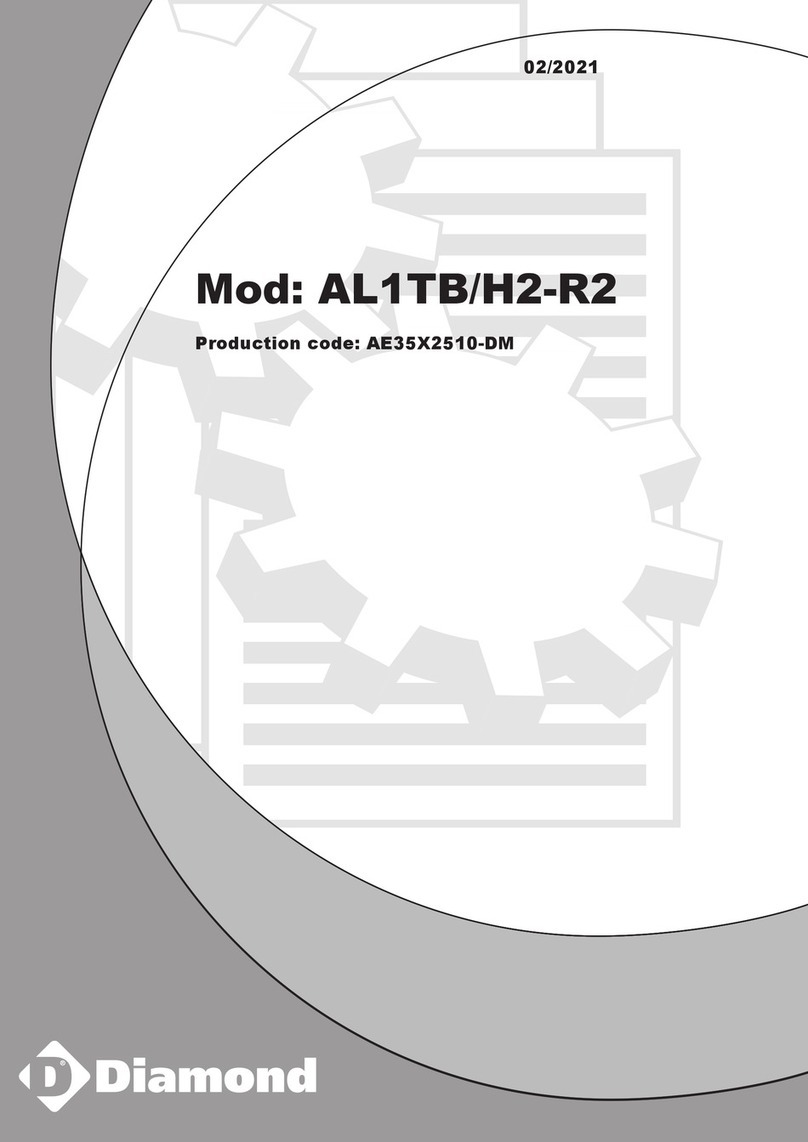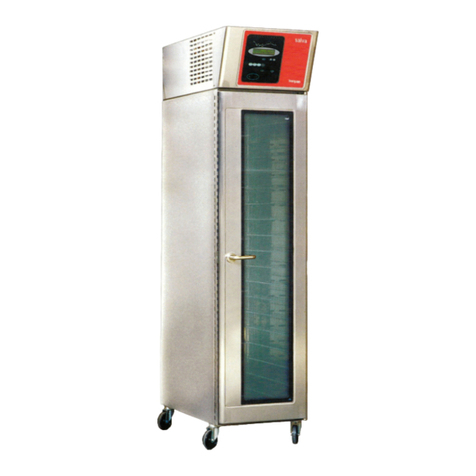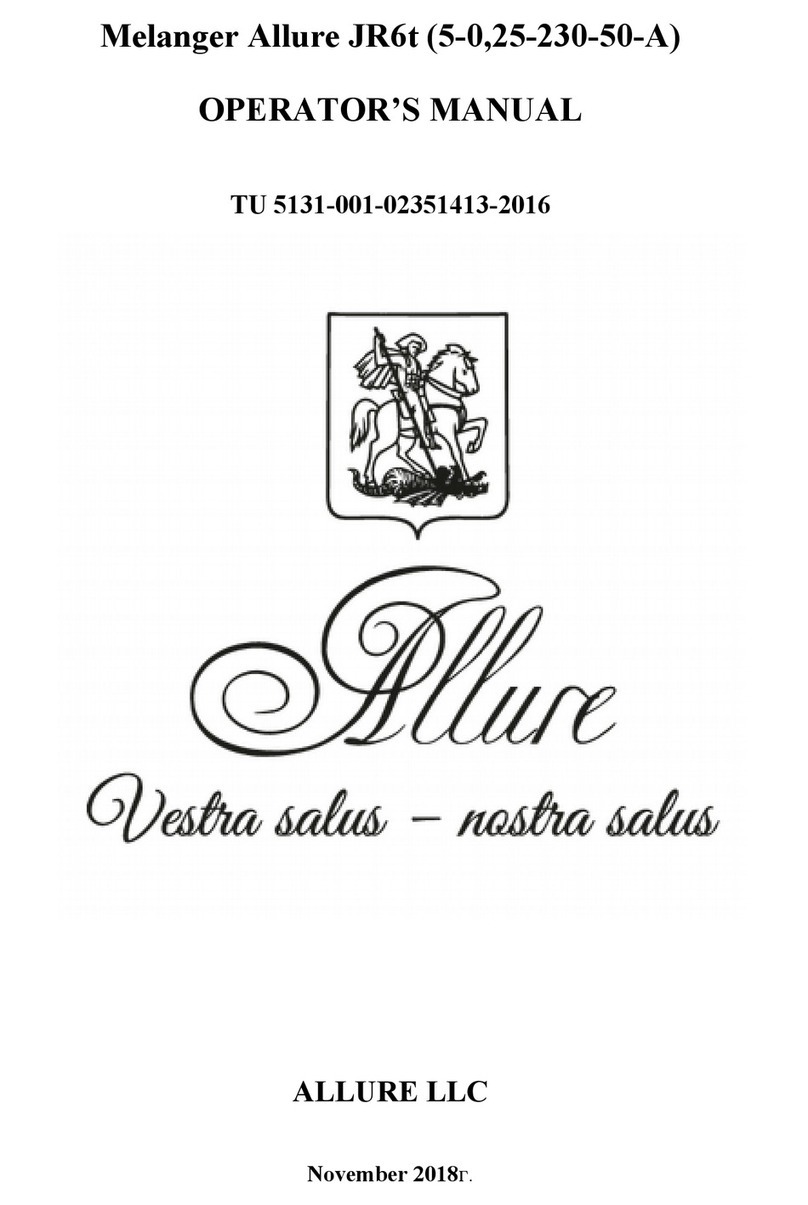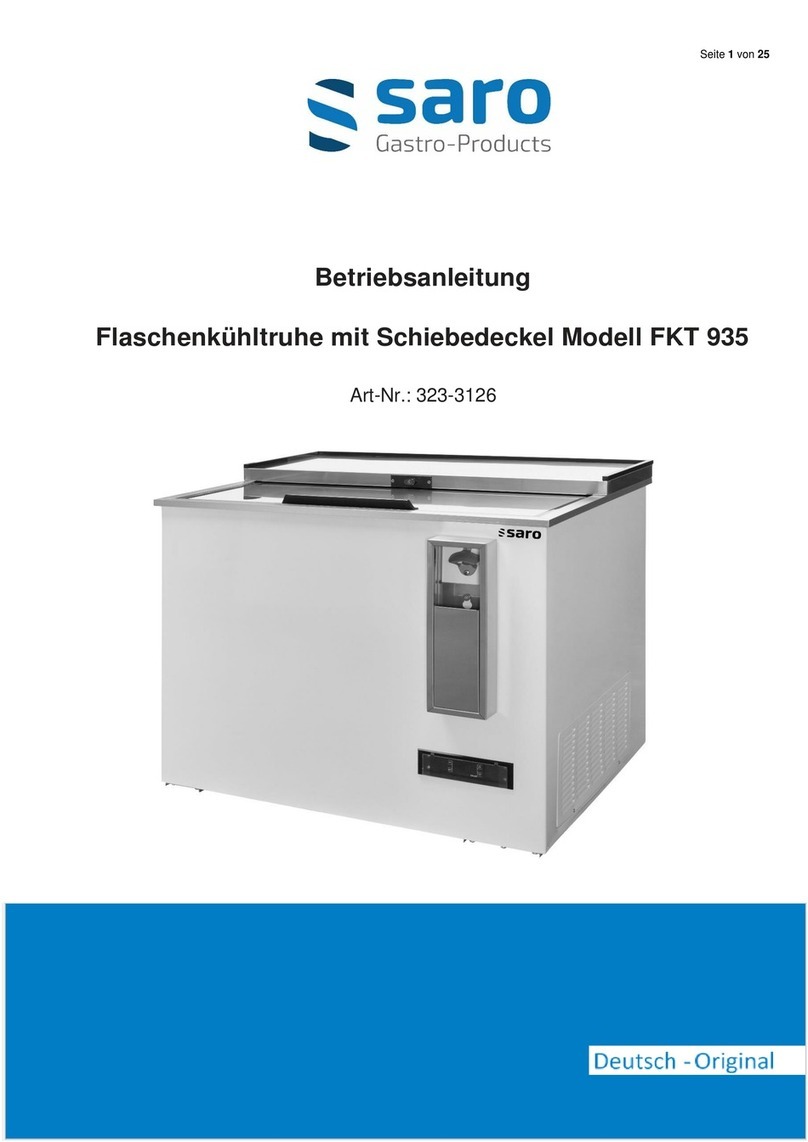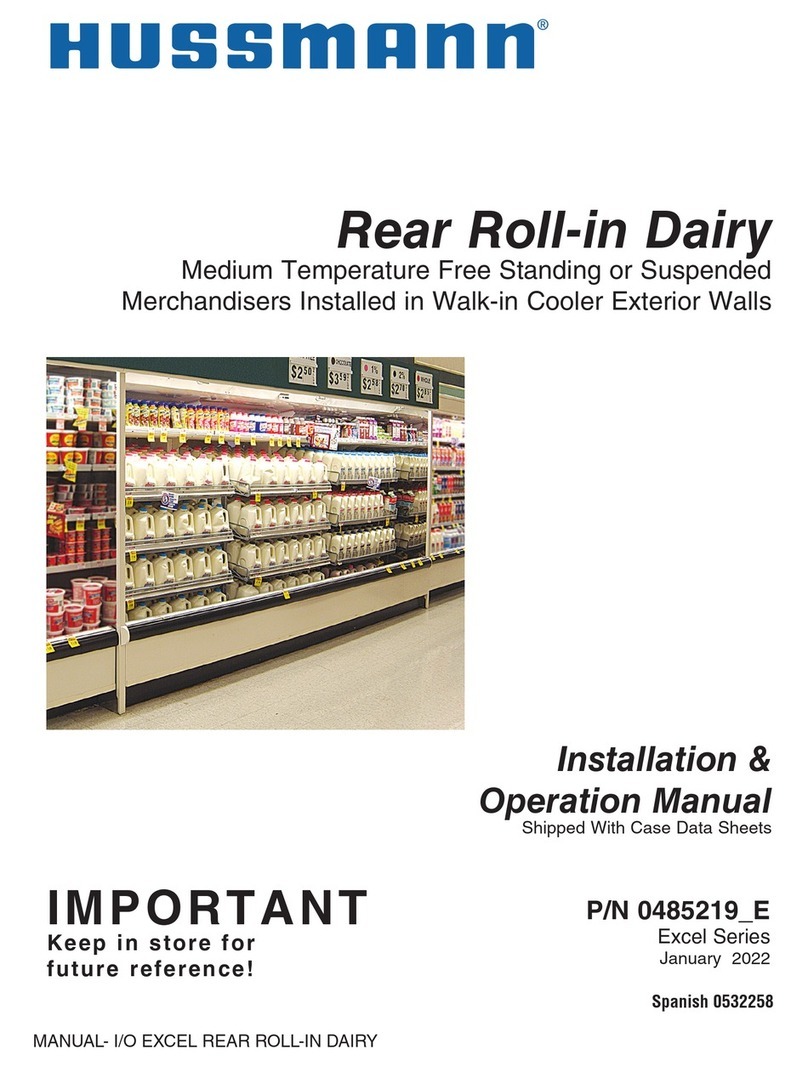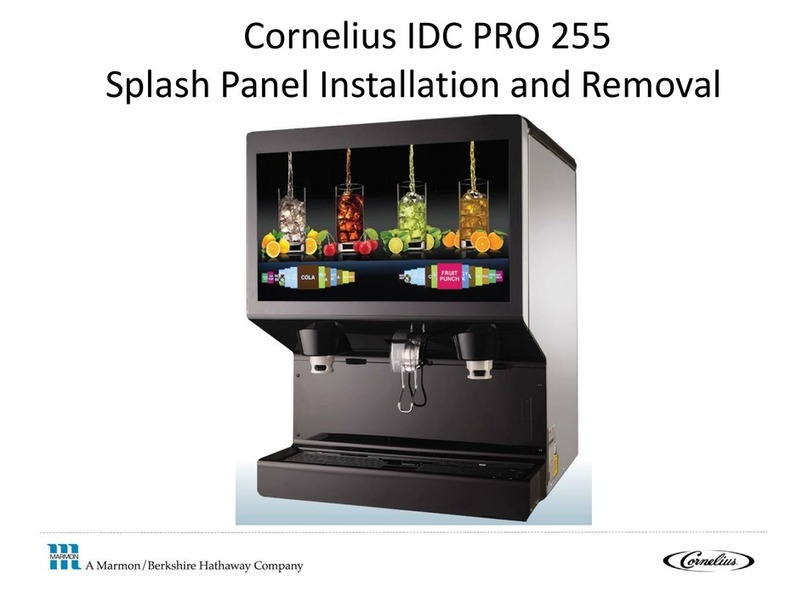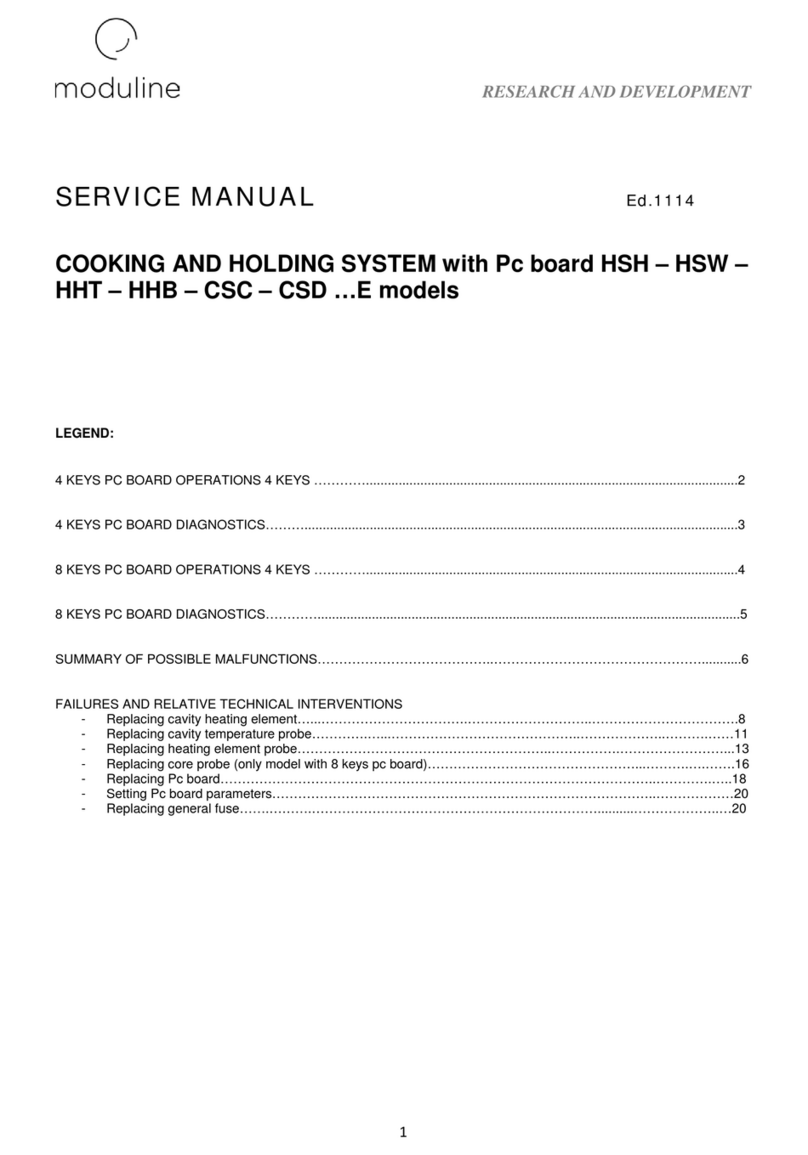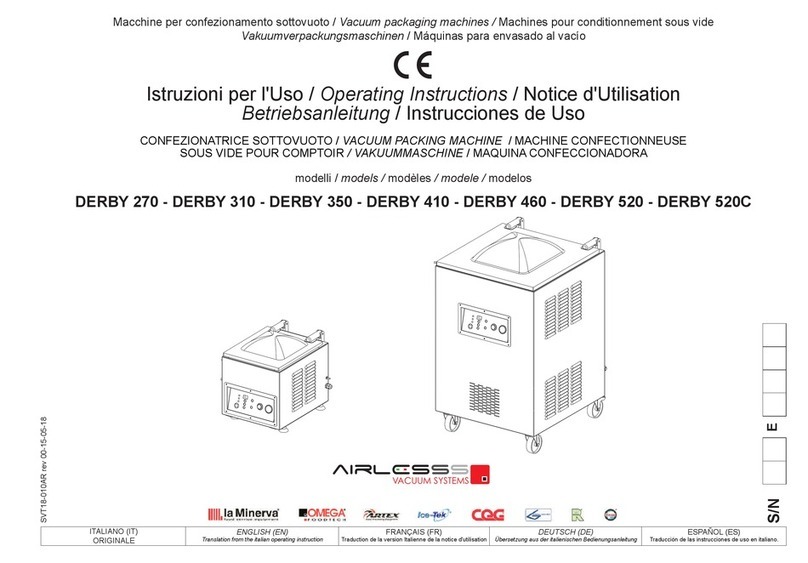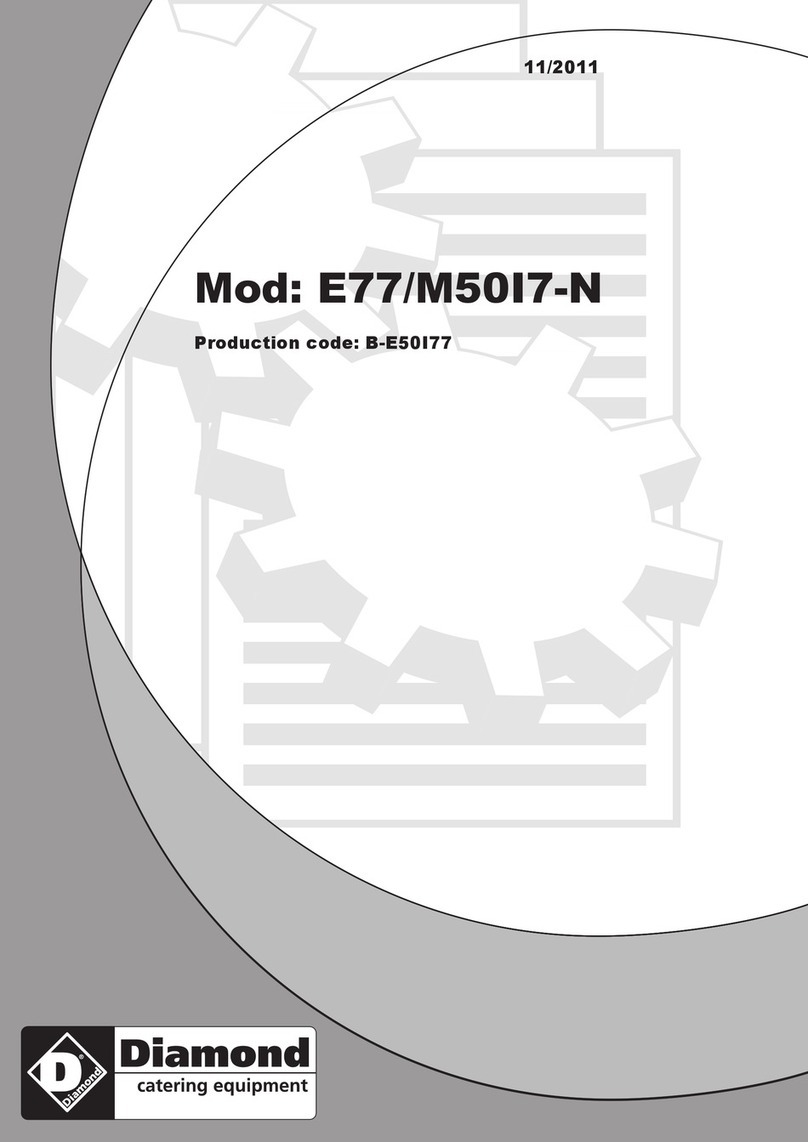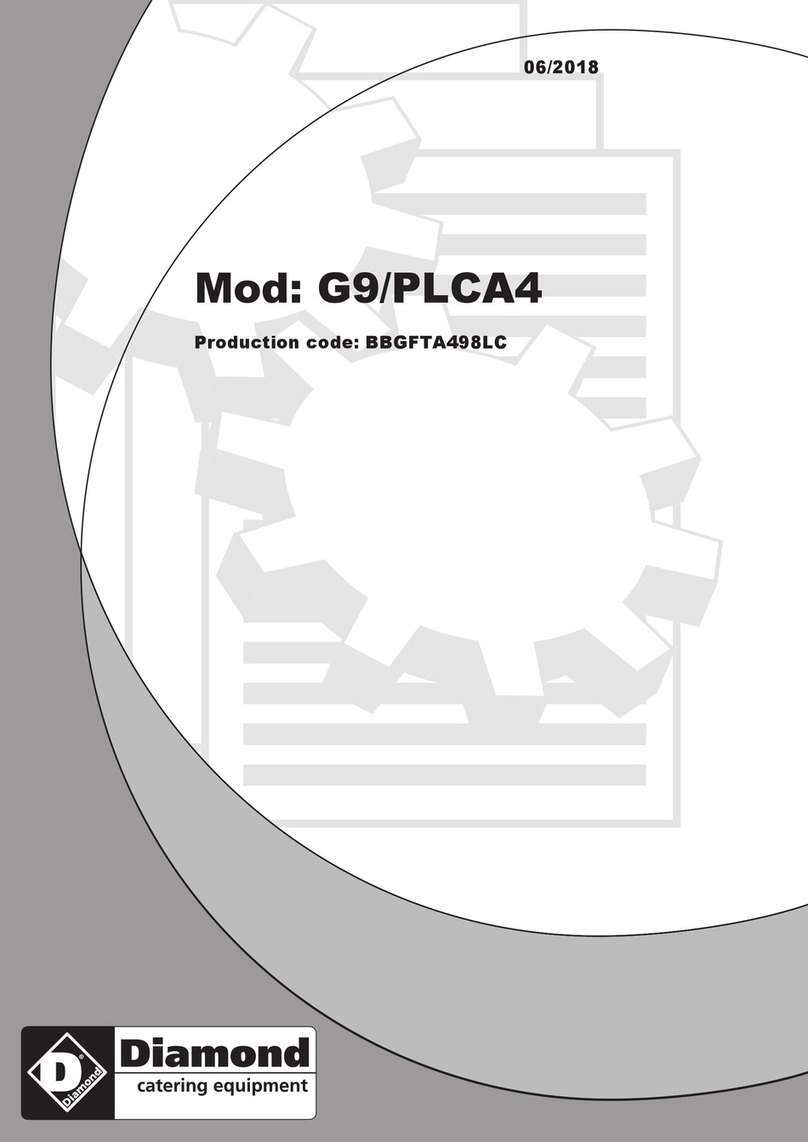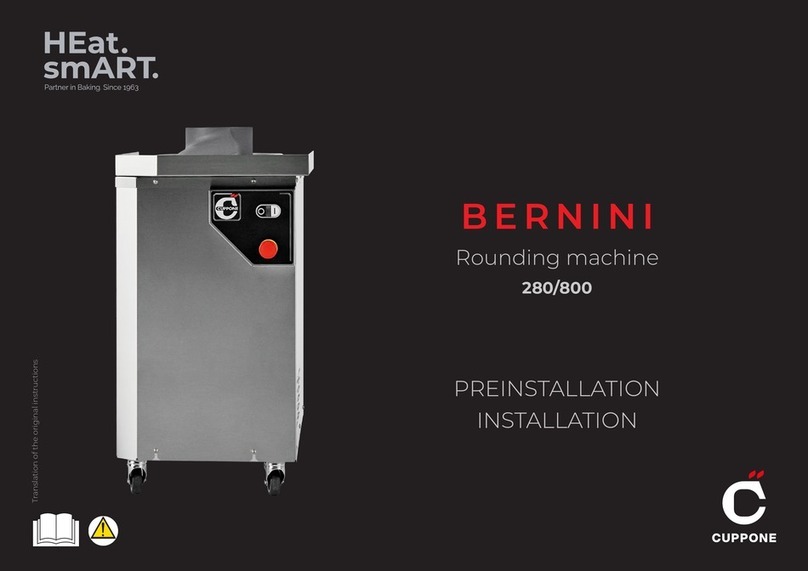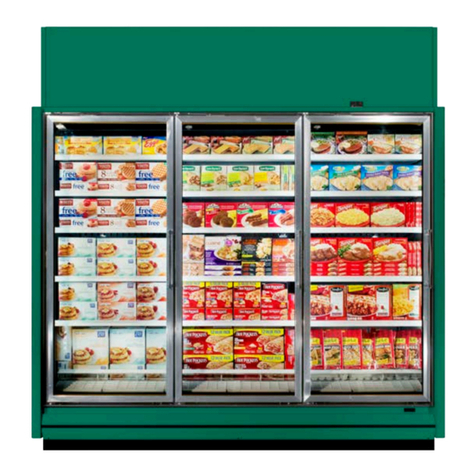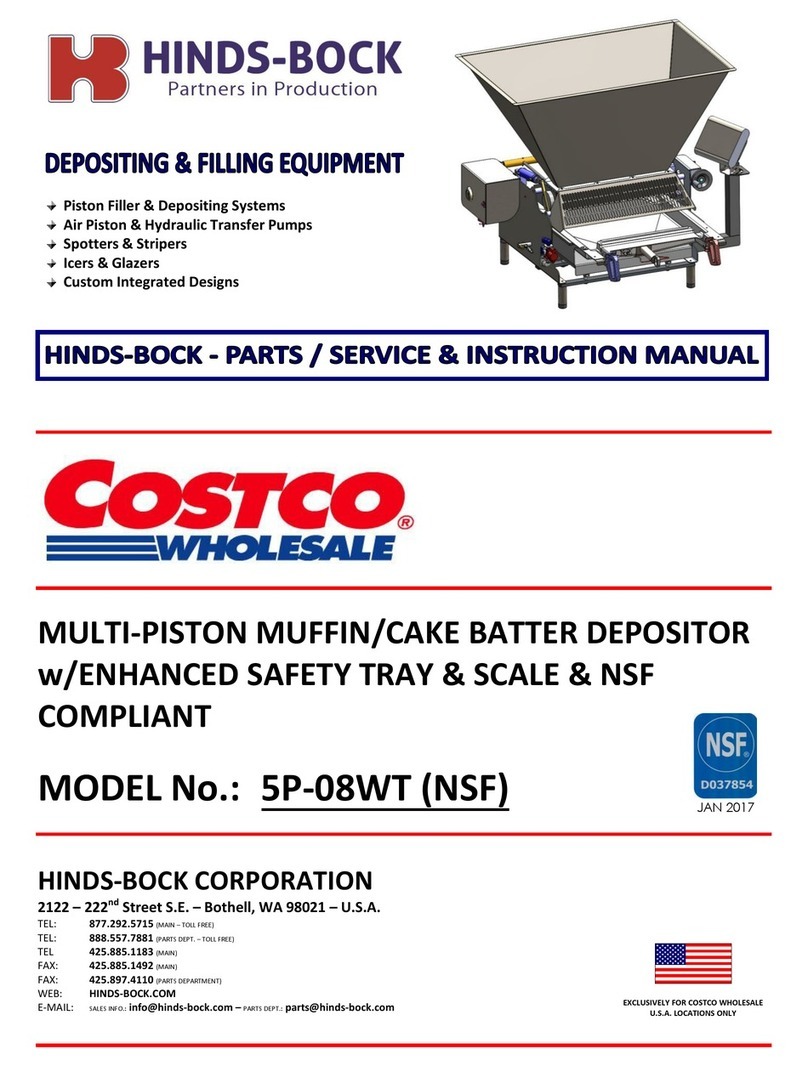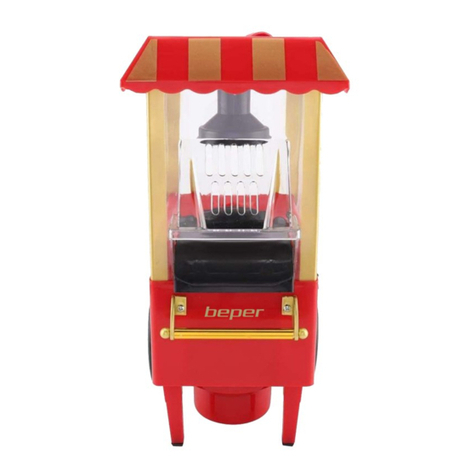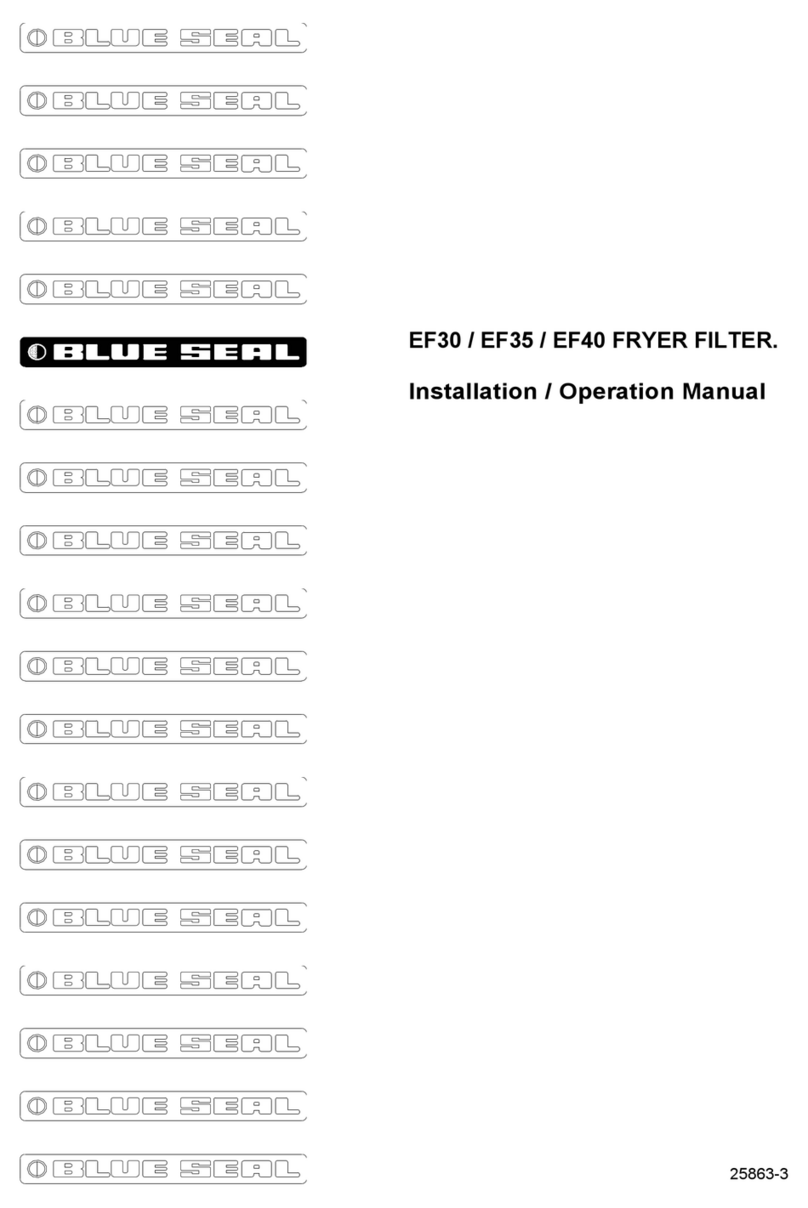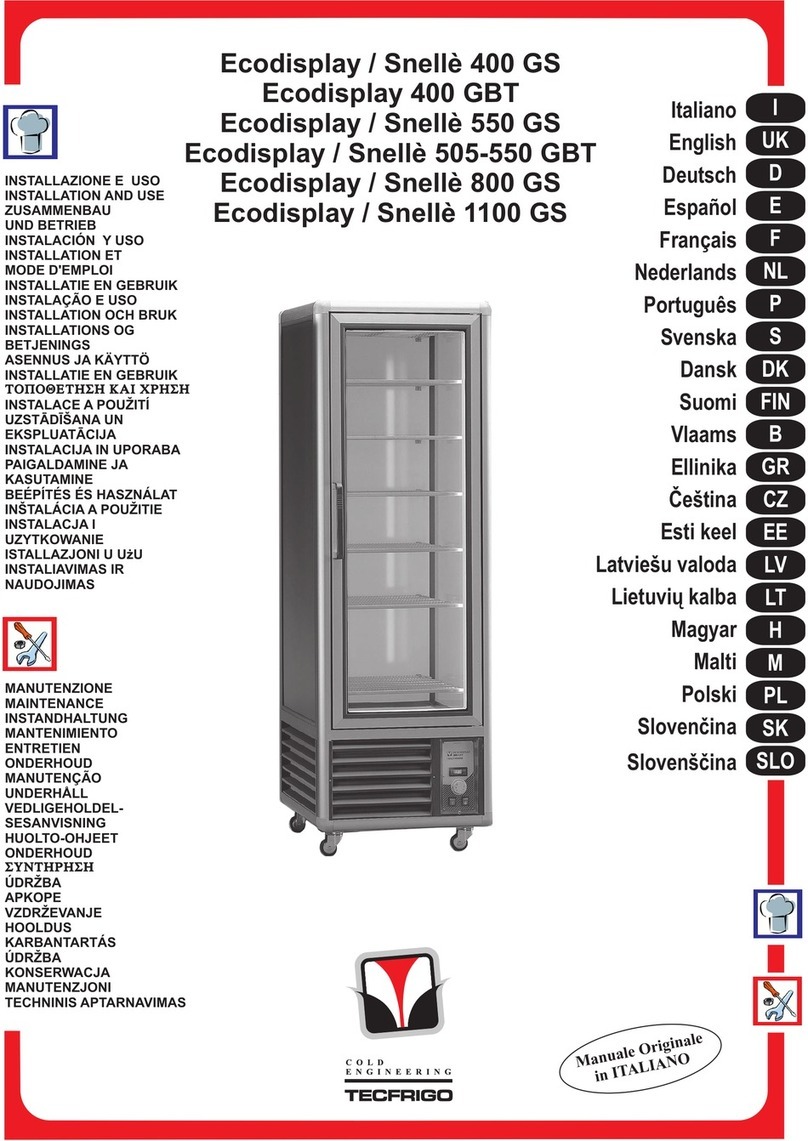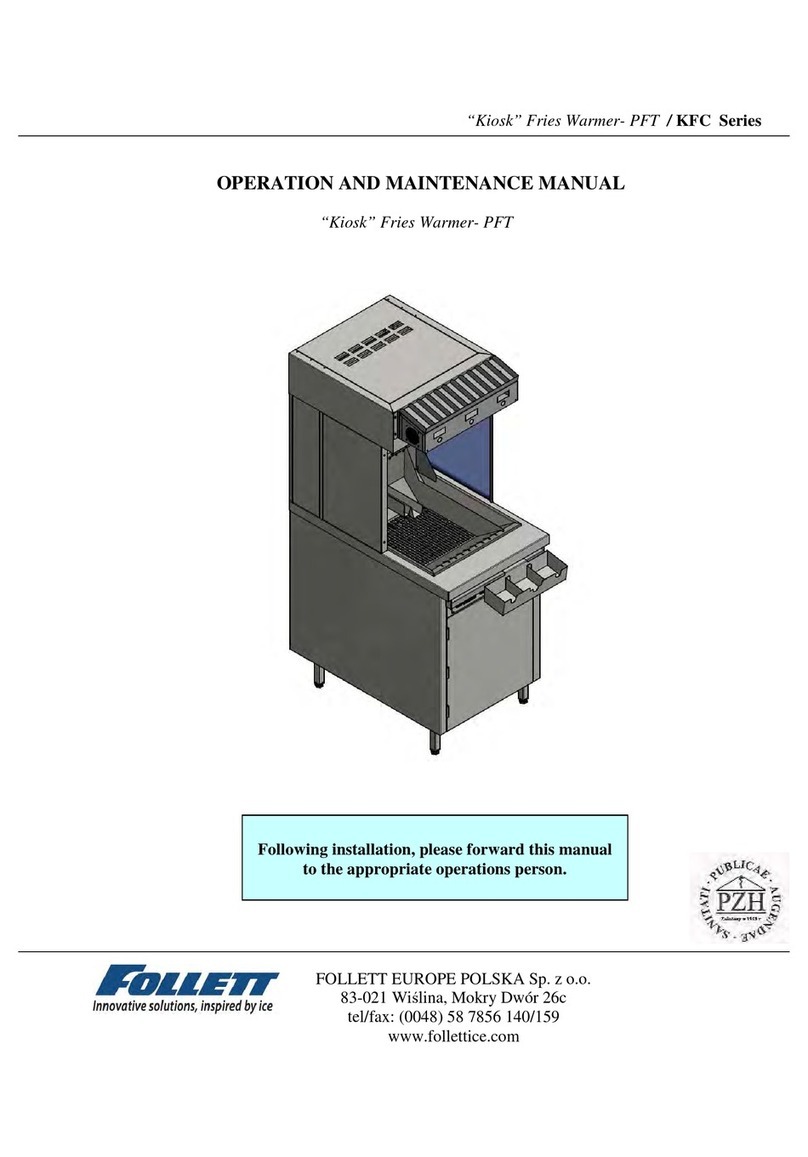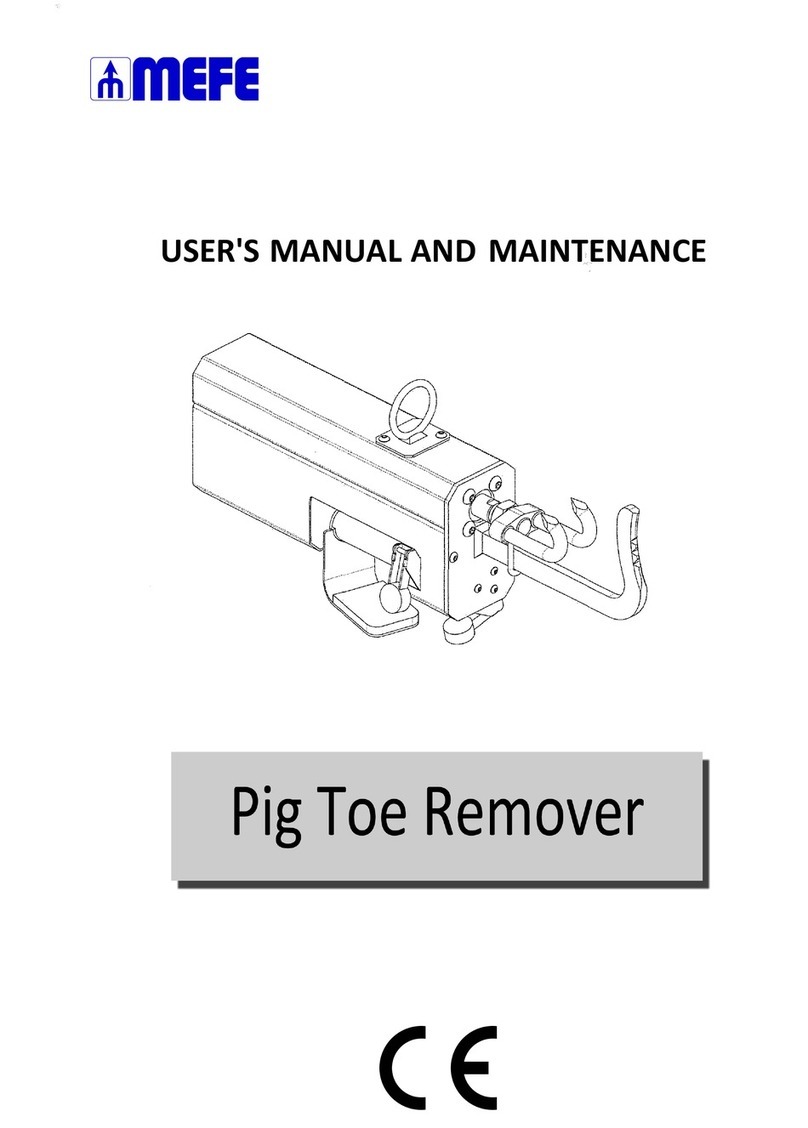
II
Table of Contents
ZERO ZONE WARRANTY......................................................................................1
INTRODUCTION.....................................................................................................2
INSTALLATION & OPERATION.............................................................................4
Delivery Inspection............................................................................................4
Packaging.........................................................................................................4
Location............................................................................................................4
Moving Cases...................................................................................................5
Optional Bases...........................................................................................5
Leveling.............................................................................................................6
LineupAssembly ............................................................................................11
Case Joint Caulking (Butyl*).....................................................................13
NSF Compliance Sealing (Silicone).........................................................14
Drain...............................................................................................................15
Condensate Removal System........................................................................15
Kickplates........................................................................................................15
Bumper...........................................................................................................15
Top Trim Splice ...............................................................................................16
CoolView®Doors.............................................................................................16
Anti-Sweat Reset Button..........................................................................16
Door Handles ..........................................................................................16
Hold-Open Bracket...................................................................................16
Door Gasket.............................................................................................16
Adjusting Door Sag/Sawtooth..................................................................16
TorqueAdjuster / Adjusting Door Tension.................................................16
Removing a Door.....................................................................................17
Installing a Door.......................................................................................17
Reversing Door Swing..............................................................................17
Shelves & Stocking Product............................................................................19
REFRIGERATION.................................................................................................20
Mechanical Components................................................................................20
Evaporator Coil.........................................................................................20
Evaporator Fans.......................................................................................20
Expansion Valve.......................................................................................20
Refrigerant Piping...........................................................................................20
Leak Check, Evacuation, & Charging.............................................................21
Operation Set Points.......................................................................................21
Defrost............................................................................................................22
Electric Defrost - Settings.........................................................................22
Electric Defrost - Components .................................................................23
Hot Gas Defrost - Settings.......................................................................24
Hot Gas Defrost - Components................................................................24
Air Sensors & Case Thermometers................................................................25
Anti-Sweat Heaters.........................................................................................25
ELECTRICAL........................................................................................................26
General...........................................................................................................26
Controller Sensor Wires..................................................................................26
MAINTENANCE....................................................................................................28
Air Curtain Velocity..........................................................................................28
Cleaning..........................................................................................................28
Under Case Floor Cleaning (NSF)...........................................................28
When installing a Crystal Merchandiser®in a Hybrid Merchandiser™ conguration, refer to both this manual
and the Hybrid™ Installation & Operation Manual.
